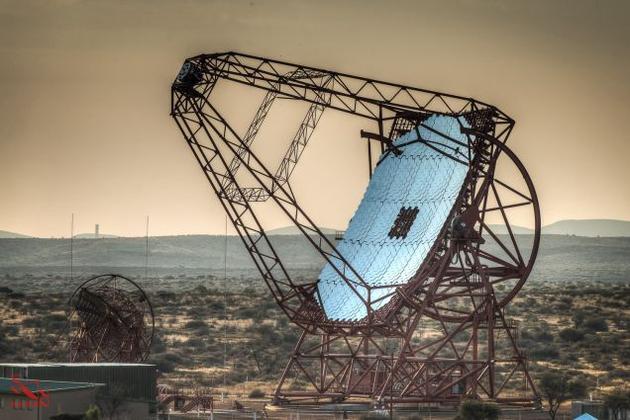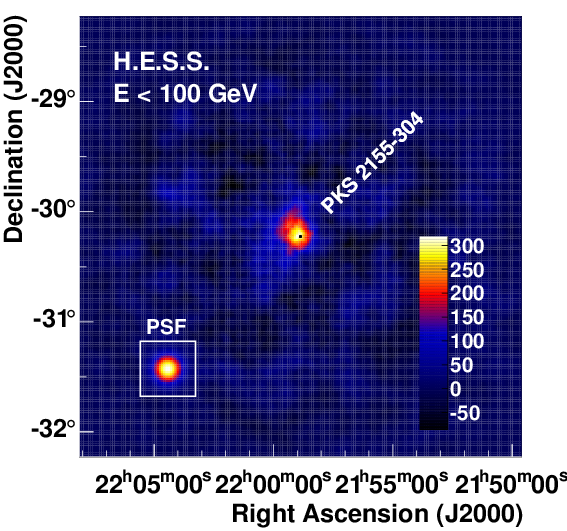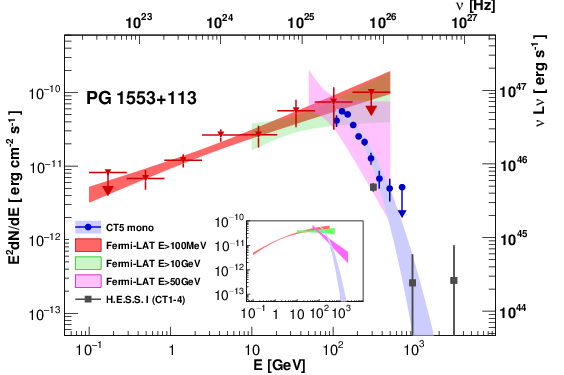The addition of a 28 m Cherenkov telescope (CT5) to the H.E.S.S. array extended the experiment’s sensitivity to lower energies. The lowest energy threshold is obtained using monoscopic analysis of data taken with CT5, providing access to gamma-ray energies below 100 GeV. Such an extension of the instrument’s energy range is particularly beneficial for studies of Active Galactic Nuclei with soft spectra, as expected for those at a redshift > 0.5. The high-frequency peaked BL Lac objects PKS 2155-304 (z = 0.116) and PG 1553+113 (0.43 < z < 0.58) are among the brightest objects in the gamma-ray sky, both showing clear signatures of gamma-ray absorption at E > 100 GeV interpreted as being due to interactions with the extragalactic background light (EBL). Multiple observational campaigns of PKS 2155-304 and PG 1553+113 were conducted during 2013 and 2014 using the full H.E.S.S. II instrument. A monoscopic analysis of the data taken with the new CT5 telescope was developed along with an investigation into the systematic uncertainties on the spectral parameters. The energy spectra of PKS 2155-304 and PG 1553+113 were reconstructed down to energies of 80 GeV for PKS 2155-304, which transits near zenith, and 110 GeV for the more northern PG 1553+113. The measured spectra, well fitted in both cases by a log-parabola spectral model (with a 5.0 sigma statistical preference for non-zero curvature for PKS 2155-304 and 4.5 sigma for PG 1553+113), were found consistent with spectra derived from contemporaneous Fermi-LAT data, indicating a sharp break in the observed spectra of both sources at E 100 GeV. When corrected for EBL absorption, the intrinsic H.E.S.S. II mono and Fermi-LAT spectrum of PKS 2155-304 was found to show significant curvature. For PG 1553+113, however, no significant detection of curvature in the intrinsic spectrum could be found within statistical and systematic uncertainties.

The paper can be found on the preprint server : https://arxiv.org/abs/1612.01843

The PKS 2155−304 excess map (left) and significance distribution (right) for events with reconstructed energy E < 100 GeV (H.E.S.S. II mono analysis, 2013–2014 data) Bottom : The distribution of θ^2 (squared angular distance to PKS 2155−304) for gamma-like events.

The energy spectrum of PG 1553+113 obtained from the H.E.S.S. II mono analysis (blue) in comparison with the contemporaneous Fermi-LAT data with an energy threshold of 0.1 GeV (red triangles and confidence band), 10 GeV (green band), and 50 GeV (purple band) and contemporaneous CT1–4 data (grey squares).















